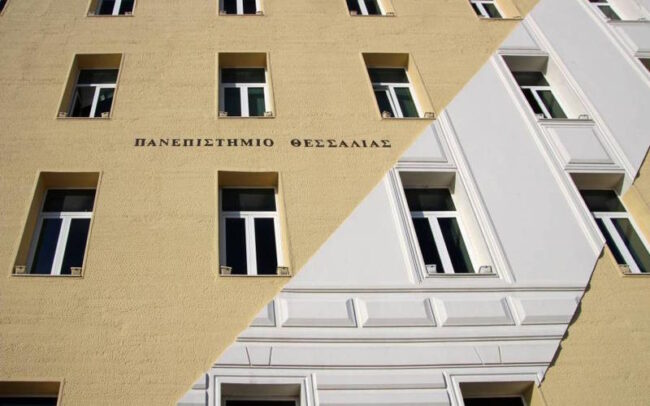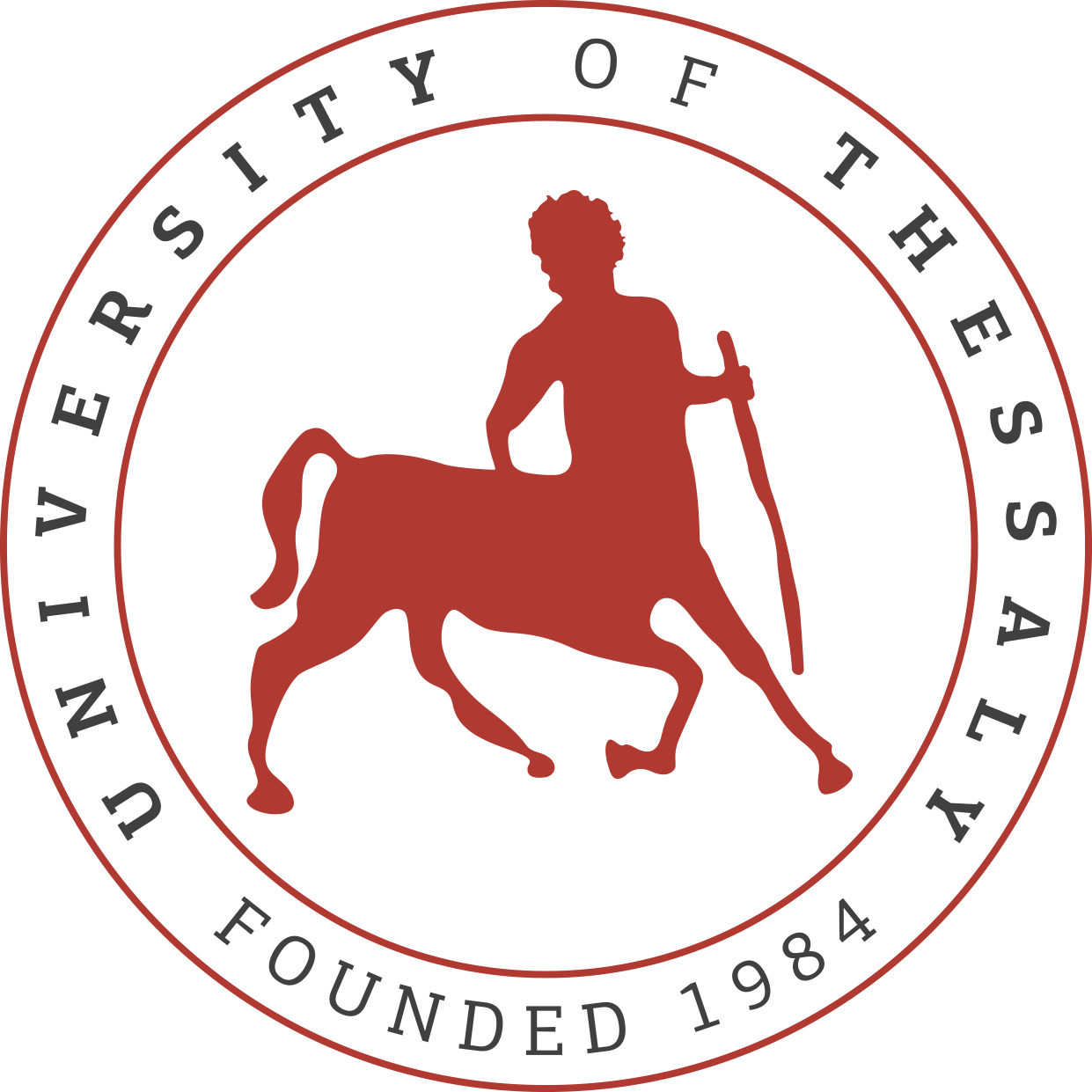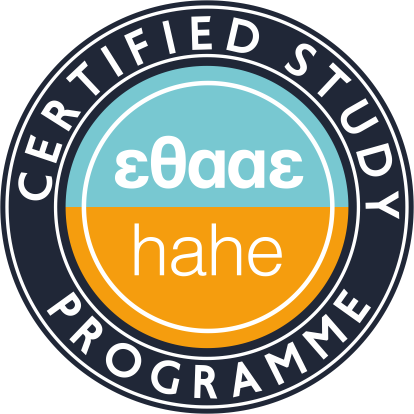2nd Semester – Visual Literacy

2nd Semester – Visual Literacy
ECTS Units: 6
Professor: Tentolouris Filippos
1. COURSE CODE S2-X
SEMESTER OF STUDY A’
COURSE TITLE
VISUAL LITERACY
SELF-ENDED TEACHING ACTIVITIES
WEEKLY
TEACHING HOURS 3
CREDIT UNITS 6
COURSE TYPE MANDATORY
PREREQUISITE COURSES: LANGUAGE OF INSTRUCTION AND EXAMINATION: GREEK
THE COURSE IS OFFERED TO ERASMUS STUDENTS
COURSE WEBSITE (URL)
https://eclass.uth.gr/modules/auth/courses.php
2. LEARNING OUTCOMES
Learning results
Upon successful completion of the course, students will be able to:
- To understand the concept and importance of multimodality in modern communication.
- To recognize the contribution of various semiotic modes in the formation of meaning in multimodal texts.
- To analyze the figurative part of multimodal texts.
- To compare and evaluate the figurative part of young children’s multimodal texts.
General Skills
- Search, analysis and synthesis of data and information, using the necessary technologies
- Autonomous work
- Project planning and management
- Exercise criticism and self-criticism
- Promotion of free, creative and inductive thinking
3. COURSE CONTENT
The concept of multimodality
Theoretical and epistemological assumptions of multimodality
Image, color and typography as semiotic resources
The relationship between image and written word
Axes of analysis of toddlers’ multimodal texts
Frameworks for evaluating children’s multimodal texts
4. TEACHING AND LEARNING METHODS – ASSESSMENT
DELIVERY METHOD
Face to face
USE OF INFORMATION AND COMMUNICATION TECHNOLOGIES
Using PowerPoint
Posting the course material in the e-class
TEACHING ORGANIZATION
Seminar:
Semester Workload
Presentation of concepts (short lectures) 25
Multimodal Text Analysis Reflection Activities 100
Work preparation 25
Total Course
(25 workload hours per credit unit)
150
STUDENT EVALUATION
Summative Assessment: submission of an individual assignment
5. RECOMMENDED-BIBLIOGRAPHY
Suggested Bibliography:
– Related scientific journals:
1.Apostolou, Z. & M. Kondyli (2011). “Multimodality” in the kindergarten curriculum: Literacy or creativity? European Conference of the World Organization for Preschool Education (OMEP), Nicosia, Cyprus, 6-8 May 2011. Nicosia: O.M.E.P.
2. Giannikopoulou, A. & M. Papadopoulou (2004). The image of the written message in children’s reading texts: examples from books, newspapers, comics and written contexts. In Papoulia-Zelepi, P. & E. Tafa (Eds.). Language and Literacy in the New Millennium. Athens: Greek Letters.
3. Goria, S. & M. Papadopoulou (2011). Multimodal texts in kindergarten: The case of maps. In Pourkos, M. & E. Katsaros (Eds.). Experience, transfer and multimodality: applications in communication, education, learning and cognition. Islands.
4. Chondolidou, E. (1999). Introduction to the concept of multimodality, Linguistic Computer, 1, 115-118.
5. Jewitt, C. & G. Kress (2003). Multimodal literacy. Peter Lang.
6. Kress, G. & T. van Leeuwen (1996). Reading Images: The Grammar of Visual Design. Routledge.
7. Kress, G. & T. van Leeuwen (2001). Multimodal discourse: the modes and media of contemporary communication. Arnold.
8. Kress, G., Jewitt, C., Ogborn, J. & C. Tsatsarelis (2001). Multimodal teaching and learning: The rhetorics of the science classroom. Continuun.
9. van Leeuwen, T. (1998). It Was Just Like Magic – A Multimodal Analysis of Children’sWriting, Linguistics and Education, 10(3), 273 -305.
10. Walsh, M. (2003). Reading pictures: What do they reveal? Young children’s reading of visual texts. Literacy, 37(3), 123-130.
Journal of Visual Literacy
https://www.tandfonline.com/journals/rjvl20


